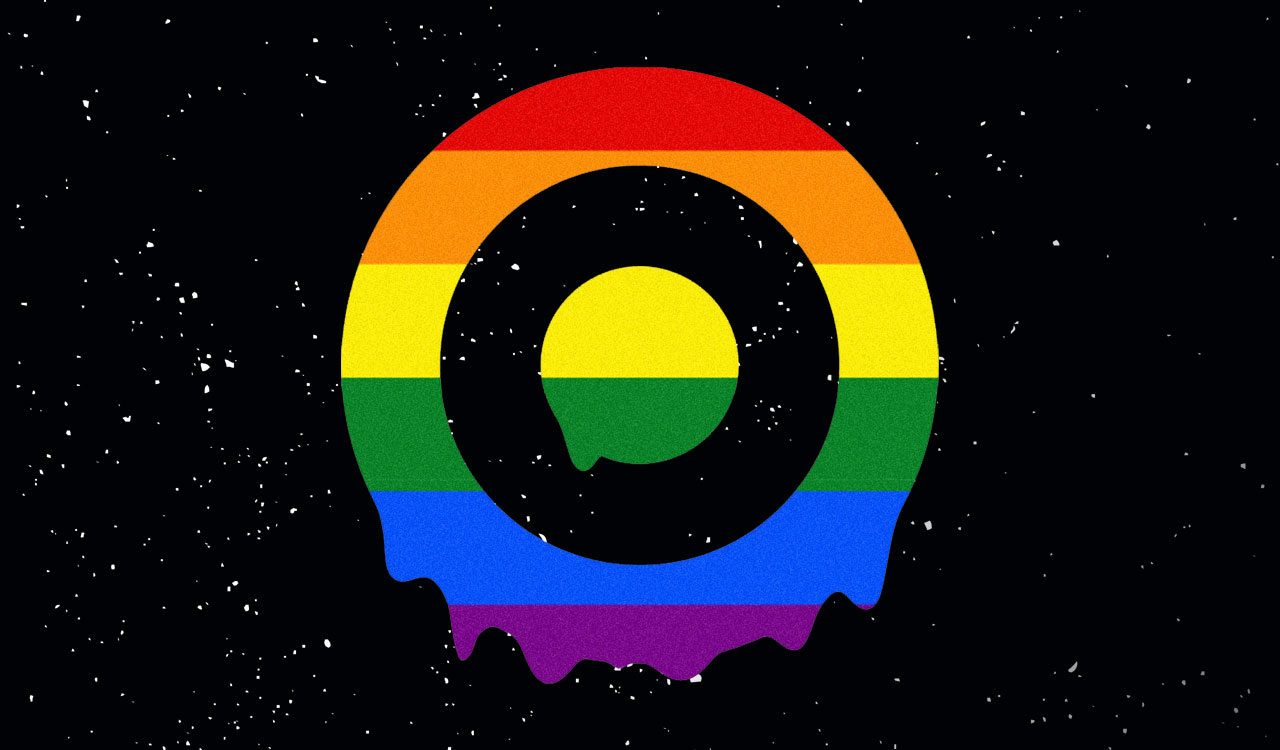First, a Word from Robin Lewis
While we typically choose articles more directly related to the major events of the day occurring in retail and related industries, this article is so important because it informs us about one of our largest future threats, hidden in plain sight. I say hidden because we, as a retail industry, prefer it to stay hidden, or better, just go away. The critical concern about the environment, sustainability, etc. and so forth, are profoundly brought together in this article, sending a powerful wake-up call to focus on thinking about how to save the planet and our species, starting today.
Note: This is the first of a two-part report about the unprecedented challenges to the very air we breathe.
The distance from Wall Street to Central Park is approximately 6.5 miles. Depending on New York traffic and the time of day you leave, it can take you about 25 minutes by car. If it were a straight line and you were driving unimpeded at 60 miles an hour, you would arrive in about 10 minutes.
[callout]Like vaccine development, the technologies needed to solve our global air crisis exist. The question is whether we have the desire or will to address what is right in front of us. [/callout]
Six and a half miles is also the average height of the Troposphere, the band of air surrounding the earth that contains 75 percent of our atmosphere\’s mass and 99 percent of the total mass of water vapor and air. All of the Earth’s weather takes place within that narrow band.
The Troposphere ceiling, at 40,000 feet, is just 11,000 feet higher than Mt. Everest. And 7.6 billion people, who on an average day each take 20,000 breaths, live within that band of air. In concert with that great global inhale and exhale,125 million tons of carbon dioxide are emitted into the Troposphere every day, or 45 billion tons a year.
Take a Deep Breath
When we inhale, we inhale 78 percent nitrogen, 21 percent oxygen and 1 percent combination of other elements including .04 percent carbon dioxide. When we exhale, we exhale 100 times the amount of carbon dioxide that we inhale.
Depending on your activity level, the average human exhales about 2.3 pounds of carbon dioxide daily. If carbon dioxide were created only by human breath, then on a daily basis we would emit enough of the gas on par with a global population of 107 billion,100 billion more than actually live on earth.
But we know that carbon dioxide is not created by breath alone. Our ecosystem has the ability to balance the CO2 and is a natural part of the planet’s process, but currently about 28 percent of the CO2 is captured by vegetation and 22 percent is captured by oceans, which leaves 50 percent left in the atmosphere. We are pushing the natural sequestration far beyond what the planet is capable of.
And all of this is taking place in an atmosphere that is only 6.5 miles high.
There’s Something in the Air
Though great strides have been made in improving air quality around the world, 92 percent of the world’s people live in places where fine particulate matter exceeds the World Health Organization’s guidelines for healthy air and is responsible for the deaths of seven million people annually.
- In September 2020, due to wildfires, 77 of the world’s 100 most polluted cities that month were in the United States. The same level of compromised air is also increasing in regions of Asia, South America, Indonesia, Russia and Australia.
- According to the American Lung Association, approximately 150 million Americans live in counties with unhealthful levels of either ozone, short-term or year-round particles.
- Over the last 30 years pollen seasons are now starting up to 20 days earlier and lasting for up to eight days longer, and the concentration of pollen has risen 22 percent over the same period.
- Due to increased air particulate congestion and other issues, 61 percent of Americans now breathe through their mouth, causing numerous health issues. The nose is a far superior filtration system and produces nitric oxide, which improves your lungs’ ability to absorb oxygen and naturally boosts the immune system.
- In July 2020 a record level of concentration of dust particles in the atmosphere from the Saharan storm was the highest observed in 25 years of satellite measurements.
- Rising heat is causing the melting of ice sheets that are dumping ever-greater amounts of freshwater into the ocean, slowing the Gulf Stream current, inevitably changing the weather patterns of North America and Europe.
- Airborne Zoonotic diseases are 70 percent of emerging infectious diseases today, with an estimated 300,000 viruses in animals, each one as harmful as the current coronavirus.
- 2020 was the hottest year on record.
Even the rotational speed of the planet is being affected. The Earth\’s 28 fastest days on record all occurred in 2020, with Earth completing its revolutions around its axis milliseconds quicker than average due to change in atmospheric pressure. Scientists are now talking for the first time about a negative leap second.
In essence, the change in climate is also taking one thing we need the most: time.
Hold That Breath
Humans are a social and collaborative species. We are dynamically intertwined; one economy feeds another, one scientist’s research is inspired by another\’s, one musician’s style of playing influences the style of another. We share an intertwined destiny, not only between us, but with our planet as well.
In early 2020, because of the virus, breathing itself became a risk. Our social and financial lives stalled, causing a projected $30 trillion impact on the global economy, as well as still-to-be-determined illness and death. The current pandemic has shown us how symbiotically joined we are.
Our sense of time, usually dictated by events, parties, vacations or business travel paused. Everyday seems like Wednesday; weekends don’t seem to begin or end. Through Zoom we all got a peak into each other’s bookshelves with our family photos and decorating styles, complete with a soundtrack of children playing and dogs barking. Our work life changed, perhaps forever. Nature forced us into a time out.
Carbon emissions dropped 13 percent between March and July, the Earth’s seismic noise level dropped by an average of 50 percent. Deforestation rates dropped, air pollution diminished, water quality improved, snow became more reflective in some areas. Birds were again heard in New York City, pumas roamed freely in Santiago and wild boar were seen jaywalking in Haifa.
But perhaps the pandemic has served a purpose. We were forced to stop and realize how vulnerable we are to the forces of nature. Whether this awareness remains in five years is hard to judge, but if anything, this pandemic has exposed how connected we all are. By air.
Fashion Is in the Air
Coco Chanel said that “Fashion is in the air.” and she couldn’t have known at the time how true that was. The textile industry created the Industrial Revolution, which was the starting point of today’s explosive growth of CO2 levels. The industry still contributes significantly to CO2; and apparel production will be responsible for 25 percent of the growth of carbon emissions through 2050. The industry is also the second most water-intensive industry in the world, consuming around 79 billion cubic meters of water per year.
In the last 10 years, American consumers have discarded 165 million tons of apparel that had it been recycled, could have supplied all of the yarn for apparel needed from now until the year 2050 without needing to import one more piece of clothing. A disturbing 80 percent of all garments will end up in landfill with only one percent being recycled. There is a garbage truck full of apparel discarded every second.
But just as science developed a vaccine in record time, science already has the tools in place to mitigate the apparel industry’s footprint. Companies are making strides to address packaging materials, less water fabric finishing, renewable energy manufacturing, more efficient recycling systems and other efficient technologies. Just as science developed a vaccine in record time, the apparel industry already has the science in place to mitigate its footprint. It just needs to act…quickly.
Inhale
Human ingenuity together with scientific innovation is a dynamic combination. Sometimes good and sometimes bad. The speed with which the vaccines were developed was remarkable. The Moderna and Pfizer vaccines were both reported to have been designed in two days using RNA that had been in research for years. Estimating the total cost for the vaccine development and global distribution at $100 billion is a relative bargain compared to the $30 trillion impact on the economy, but an even better return would have been a geo-politically transparent track-and-trace program to mitigate the spread.
The vaccine development proves that when faced with a crisis, we can adjust our priorities and address the issues we need to. If the pandemic was an overnight sensation that seemed to take us by surprise (though it was predicted), then climate change and our ability to manage it is either a slow sunset or a slow sunrise, depending on how we address it
Exhale
In the time that it took you to read this article you have taken about 120 breaths. So have 7.6 billion other people — all within that 6.5-mile band of air. We are the problem, but we are also the solution. Maybe by putting it into an atmospheric context, we can appreciate the microscopic connectivity of humanity and to realize one very important and inescapable fact: When we breathe, we all breathe together.



